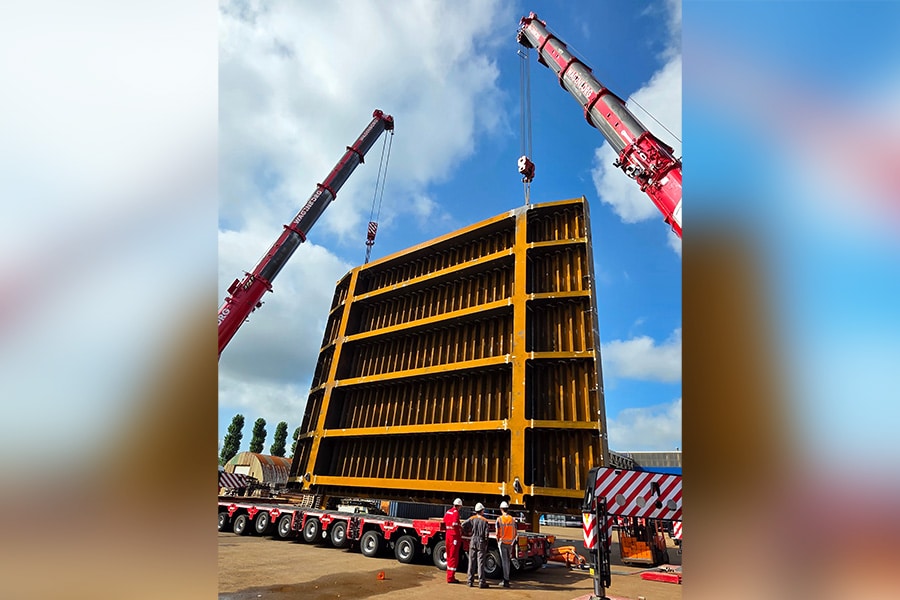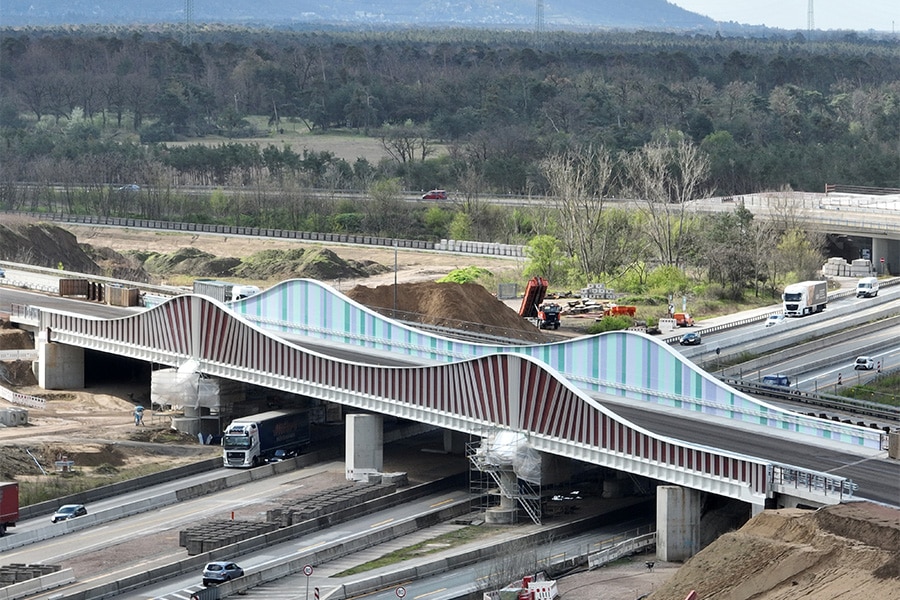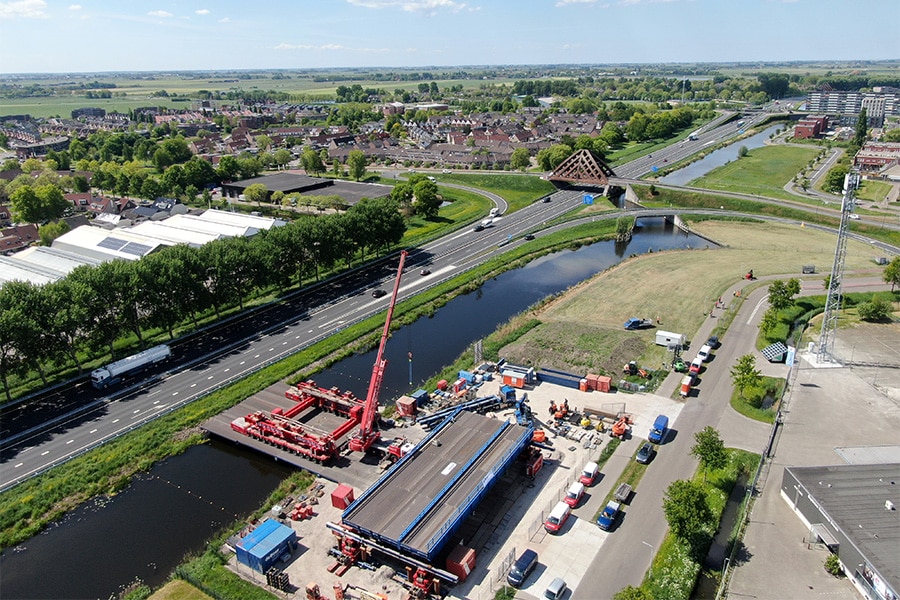
Brabant's greenest connection
So says Michel Schreinemachers, Partner Architect at NEXT Architects, and co-responsible for the integral spatial design plan of the 8.5 kilometers of new provincial road. "It resulted in a high-quality landscape incorporation. Road experience, artworks, planting, hydrology and ecology reinforce each other."
Minimizing impact, maximizing spatial quality and maximizing ecology and sustainability, these are three important principles for the design of the new N69. It was up to Boskalis Netherlands, in collaboration with an integral team including H+N+S Landscape Architects and NEXT Architects, to translate those requirements. Schreinemachers: "We are involved from different perspectives. In the same team composition we have realized similar projects before, such as De Centrale As in Friesland and the Ruimte voor de Rivieren project Isala Delta. Recurring themes are the emphasis on spatial quality, landscaping, and the preservation of ecological connections including bat hop-overs."

Optimization and design
"Our role as architects on the team was to create the integral spatial design plan that defines the design of all artworks and road furniture," Schreinemachers continued. "We translated the abstract requirements from wUrck's image quality plan into concrete designs. Moreover, the image quality plan had not yet determined a widening of the road profile. We had to make that translation, as well as the additional sustainability ambitions. We had to take into account the radius of 185 meters for the underside of the structures, which was included in the image quality plan. The design of the structures was based on a very efficient construction principle. In short, a nice challenge for us to find the optimum on the basis of this construction principle and the intended design. By rejuvenating the bridge decks towards the middle, we managed to optimize the design in such a way that resulted in a considerable saving of concrete. The bridges became much leaner still, without losing sight of the intended expressive design."
Area icons
"Because of the slender design, the new artworks blend into the landscape as much as possible," Schreinemachers summarizes. "In addition to the slender design language of the bridge decks, much attention has also been paid to the landings that continue into embankments at the pedestrian overpasses. It results in much more elegant connections. Nine area icons are also being realized in the project, mainly in places where the old routes are cut off by the new N69. These are subtly designed artistic concrete objects that will soon also function as meeting places with information about the landscape. Everywhere, efforts are made to preserve or strengthen all flora and fauna in the area by creating connections over or under the new road. The beauty of this project is that all parties have put their shoulders to the wheel to take up the challenge and look for the optimum for spatial quality that scores well both constructively, financially and also in terms of sustainability." ■




